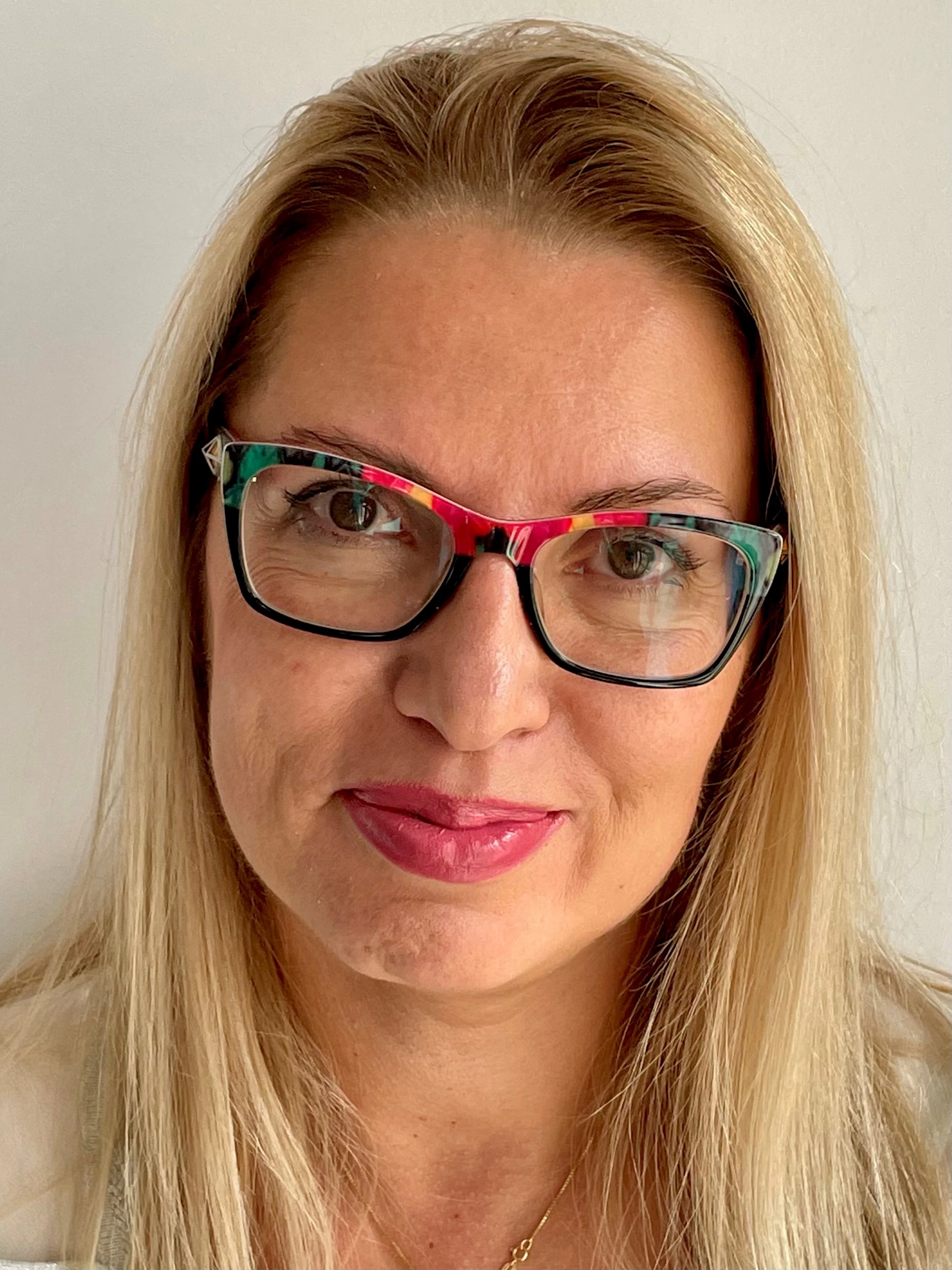 Students, Europe
Students, Europe
The COVID-19 pandemic triggered an unprecedented crisis in education, which no one was prepared for. Schools suddenly closed, and students (along with teachers) had to adapt to virtual learning. In the fall of 2020, there was a glimmer of hope that the pandemic was under control in many countries and that children could physically return to school.
But it wasn't to be. The rapid spread of coronavirus variants led to more cases of infection, which in turn led to countries reinstating full or partial school closures.
One year later, the availability of vaccines has instilled renewed hope, but much uncertainty remains. In Europe and Central Asia - a region severely impacted by the pandemic - countries are yet again faced with difficult choices between getting students back to school or continuing with remote learning.
In Kosovo and the Kyrgyz Republic, for example, school reopening for the new school year has been delayed by two weeks. Georgia has also delayed reopening by two weeks and started the school year in remote mode. Azerbaijan took a similar approach. Furthermore, six countries in the region will use hybrid modalities of education delivery in at least one level of education.
A recent World Bank report showcases how countries can manage these uncertainties by adopting best practices learned during the crisis in increasing learning for all students, while strongly encouraging reopening of schools. The physical reopening of schools for students plays a key role in the recovery of lost learning and ensuring equitable access to the opportunities that education provides.
The World Bank is supporting countries in managing the effects of school closures, reopening schools, and in recovering learning losses by advocating for more resilient education systems. The Bank has supported 3.5 million students and 350,000 teachers in nine countries across the Europe and Central Asia region, through procurement of digital equipment and improved provision of online education. In Romania, Turkey, Uzbekistan, and North Macedonia, the Bank provided specific grants to schools and vulnerable students.
Last year, on average, students in the Europe and Central Asia region lost 100 school days of learning, equating to half a school year. Today, countries in the region want to fully reopen and are eager to support children with learning recovery, regaining socio-emotional skills, reducing anxieties, and increasing digital skills. A prerequisite to creating this safe learning environment is a high percentage of teachers and students vaccinated against COVID-19.
Learning losses due to school closures will exacerbate existing learning gaps and deepen inequality. In Romania, a nation already performing below EU averages, school closures may increase the share of functionally illiterate students by up to 10%.
Achievements in gender equality are also being affected by the lack of prioritization of education of girls and the fact that countries are decreasing education budgets where financing is much needed. Eventually, learnings losses - seen already at school and preschool levels - will be significant.
Critical to successful recovery are better-prepared teachers, better-managed schools, and aligned incentives across the many stakeholders in education.
A post-COVID-19 recovery and learning acceleration plan should include three stages: 1) coping with school closures by expanding access to digital learning, especially for minorities and students in poverty, 2) ensuring the continuity of education by safely reopening schools as soon as it is feasible, and 3) improving and accelerating learning by building back a more efficient and resilient education system.
None of these things will happen, however, if schools don't reopen and stay open, which is dependent on vaccination rates continuing to increase. Vaccination rates of teachers have slowed down in many countries, largely due to vaccine hesitancy. Debates continue around choices between making vaccination compulsory for teachers as essential staff, ensuring frequent testing, or requiring teachers to provide proof of immunity.
Student vaccination is another important issue. Prioritizing both teachers and students to get vaccinated is critical to safely reopening schools. Romania has one of the lowest vaccination rates in the European Union, at 31%, yet teachers there have a vaccination rate of 70%. Kosovo has also reached 70%, and Azerbaijan has 80% of its teachers vaccinated.
Considering all the different scenarios around reopening, if you were to visit a school in the Europe and Central Asia region today, you would likely notice local officials and school principals struggling to plan and allocate funds for the various scenarios around reopening, due to scarce budgets for education. School budgets going forward will require flexibility to manage after-school programs and ensure the provision of meals, well-being of students and teachers, higher connectivity, more digital devices, and infrastructure modernization.
Most countries in Europe and Central Asia prioritized teacher vaccinations, even when access to vaccines was limited. This was good news, but to allow schools to safely reopen today - and stay open - while continuing to provide students with high-quality learning, countries must reach comforting vaccination thresholds among teachers.
----------------------------------
Read more in our report: Learning Recovery after COVID-19 in Europe and Central Asia: Policy and Practice





Join the Conversation